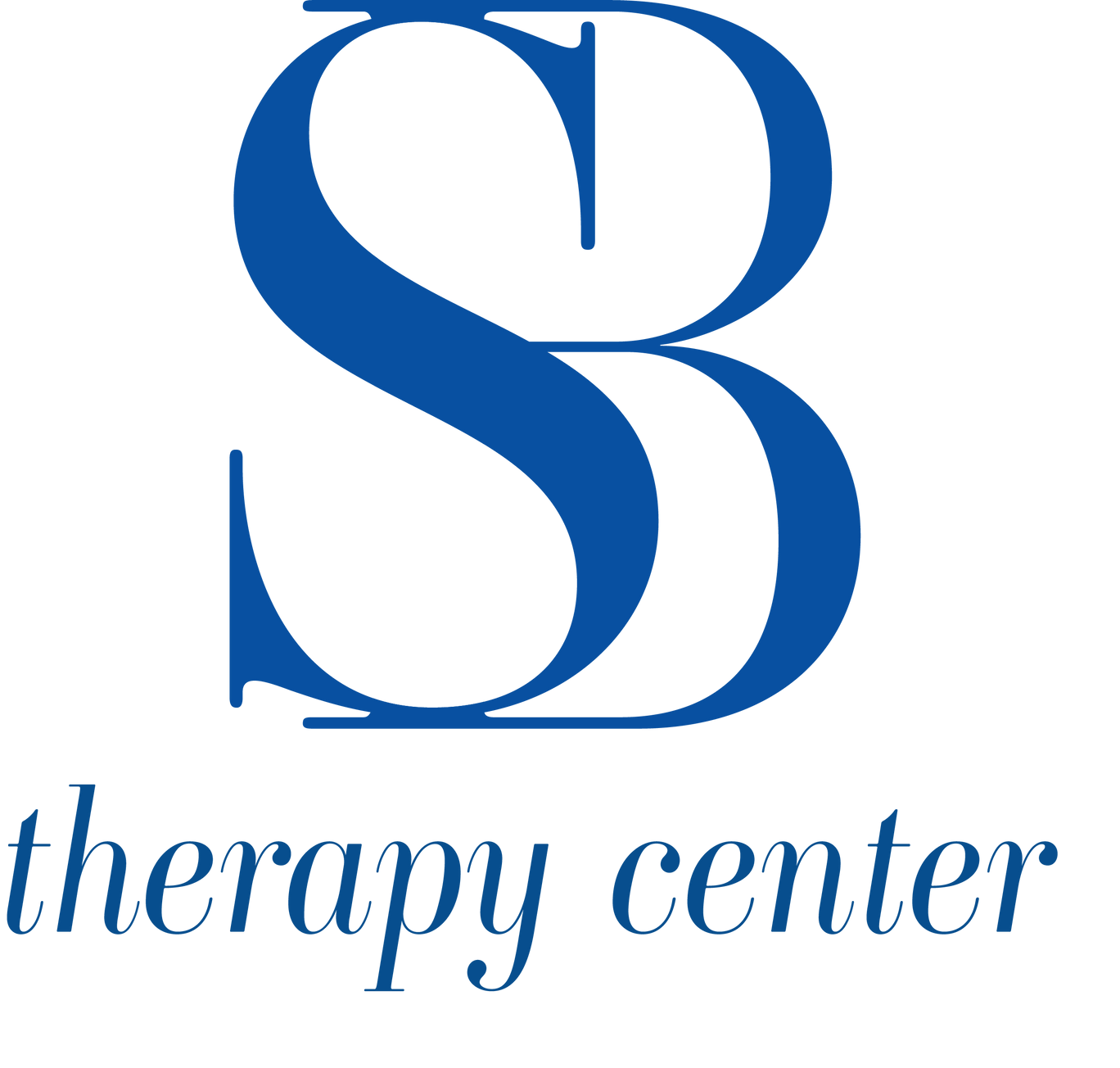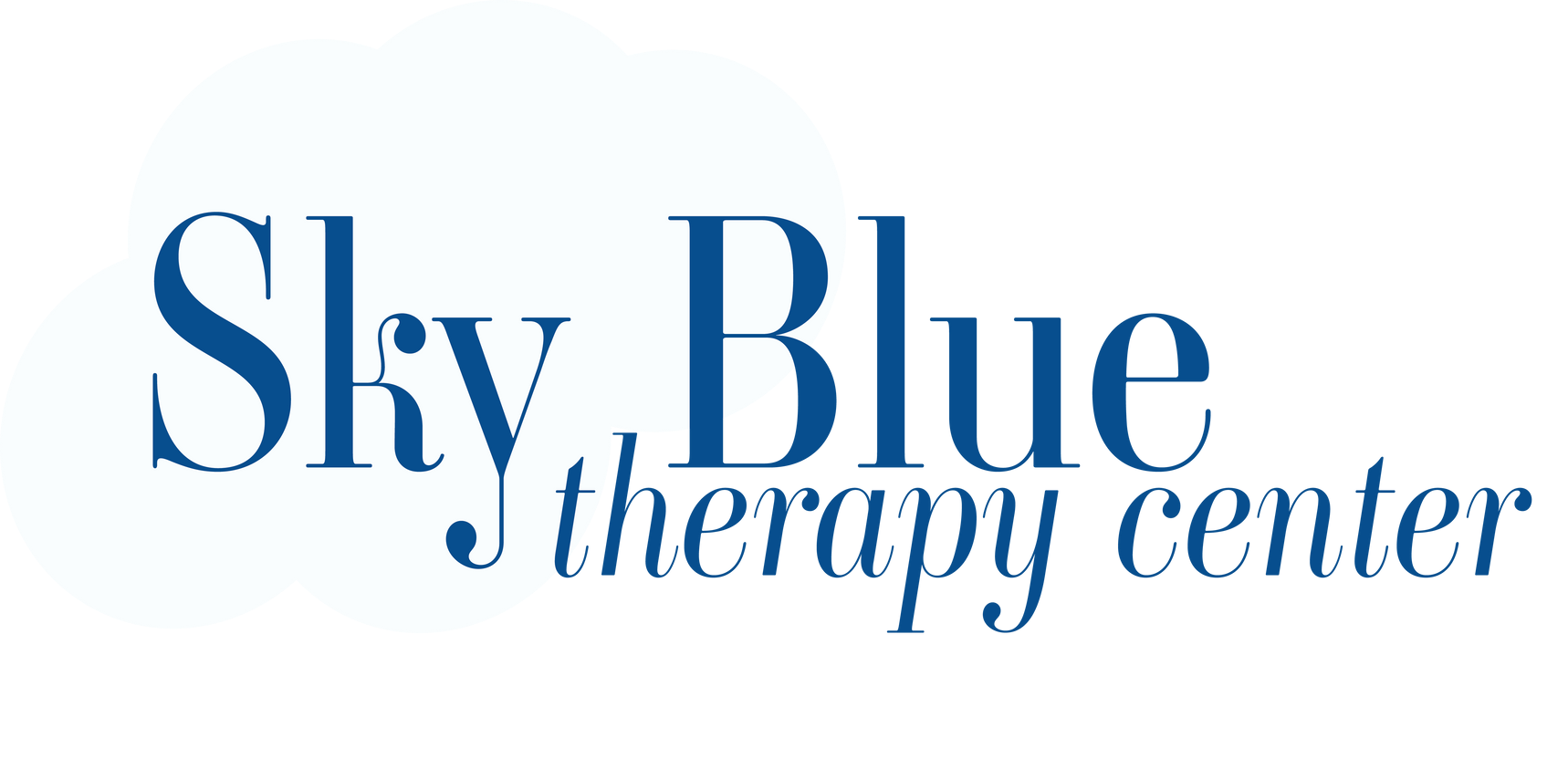Unlocking Potential: Positive Reinforcement in ABA Therapy
Imagine a world where learning is fun, rewarding, and motivates you to keep going. That's the core principle behind positive reinforcement, a powerful tool used in Applied Behavior Analysis (ABA) therapy.
What is Positive Reinforcement?
Positive reinforcement is a strategy that increases the likelihood of a desired behavior being repeated. Here's the magic: When an individual exhibits a targeted behavior, they receive a positive consequence, like a reward or praise. This positive association encourages them to repeat the behavior in the future. Think of it like this: you complete a challenging task and receive a pat on the back or a
delicious treat. That positive feeling makes you more likely to tackle similar tasks in the
future, right?
The ABCs of Positive Reinforcement:
- Antecedent (A): This is the situation or prompt that sets the stage for the desired behavior.
- Behavior (B): This is the specific action you want to encourage, like making eye contact, saying "please" or completing a puzzle.
- Consequence (C): This is the positive reinforcement that follows the desired behavior, such as verbal praise ("Wow, you made eye contact!"), a high five, a sticker, or a short break for a favorite activity.
Making Positive Reinforcement Work
To maximize the effectiveness of positive reinforcement:
- Identify Reinforcers: What motivates the individual? It could be toys, praise, extra playtime, or social interaction. Observe and tailor the reinforcers to their preferences.
- Be Specific: When offering praise, highlight the specific behavior you want to encourage. For example, instead of a generic "Good job" say, "Great job waiting your turn!"
- Time is Key: Deliver the reinforcement immediately after the desired behavior to solidify the association.
- Consistency is King: Be consistent in applying reinforcement across different settings and situations.
- Fading Out: As the behavior becomes established, gradually reduce the frequency of reinforcement to maintain the desired outcome.
Benefits of Positive Reinforcement in ABA
Positive reinforcement is a cornerstone of ABA therapy, offering a multitude of benefits:
- Increased Motivation: Individuals are more likely to engage and participate when they anticipate positive outcomes.
- Improved Learning: Positive reinforcement strengthens the connection between behavior and desired results, promoting learning and skill development.
- Reduced Challenging Behaviors: Positive reinforcement can redirect attention away from unwanted behaviors and encourage more constructive alternatives.
- Enhanced Quality of Life: By acquiring new skills and reducing challenging behaviors, individuals experience a greater sense of accomplishment and independence.
Positive Reinforcement in Action:
Positive reinforcement is woven into various ABA techniques, including:
- Discrete Trial Training (DTT): Breaking down complex skills into smaller steps and providing positive reinforcement for correct responses.
- Naturalistic Teaching: Integrating skill development into everyday activities and using natural rewards like playing a favorite game after completing a task.
By harnessing the power of positive reinforcement, ABA therapy can unlock the potential for individuals with autism spectrum disorders (ASD) and other developmental disabilities to thrive and achieve their goals.






